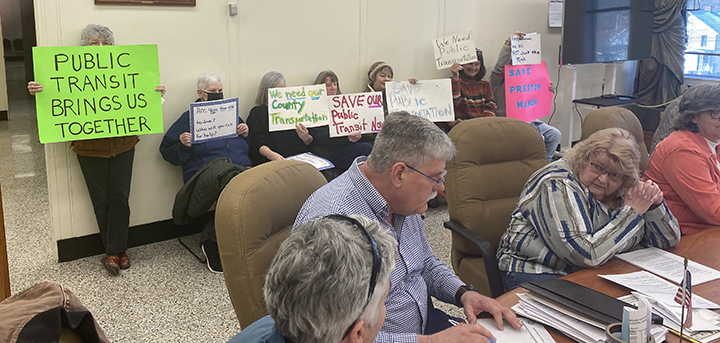County works on hazard mitigation plan
NORWICH – About 40 representatives from most municipalities in the county turned out Tuesday night for a hazard mitigation fact-finding workshop held at the Chenango County Office Building.
The gathering was the second in a series of several meetings planned by the county’s hired consultants, Tetra Tech EM Inc. of New Jersey. The firm was hired in November for $95,000 to write a countywide mitigation plan.
The Federal Emergency Management Association last year made such plans a pre-requisite for individuals and governments in order to claim damages from natural disasters. It is intended to demonstrate a county’s commitment to reducing risk and serve as a guide for decision makers as they commit resources to minimize the effect of natural hazards, the consultants say.
Tetra Tech completed plans recently for Tompkins, Delaware and Broome counties.
Each jurisdiction was asked to assign a point person to provide regional details to the consultants. Work on the risk assessment section of the plan has begun and the hazards that pose the greatest risk to the county have been identified. There are: Flooding, severe wind storms (including tornadoes), severe winter storms (blizzards and ice storms), ice jams on rivers, extreme temperatures and drought.






Comments